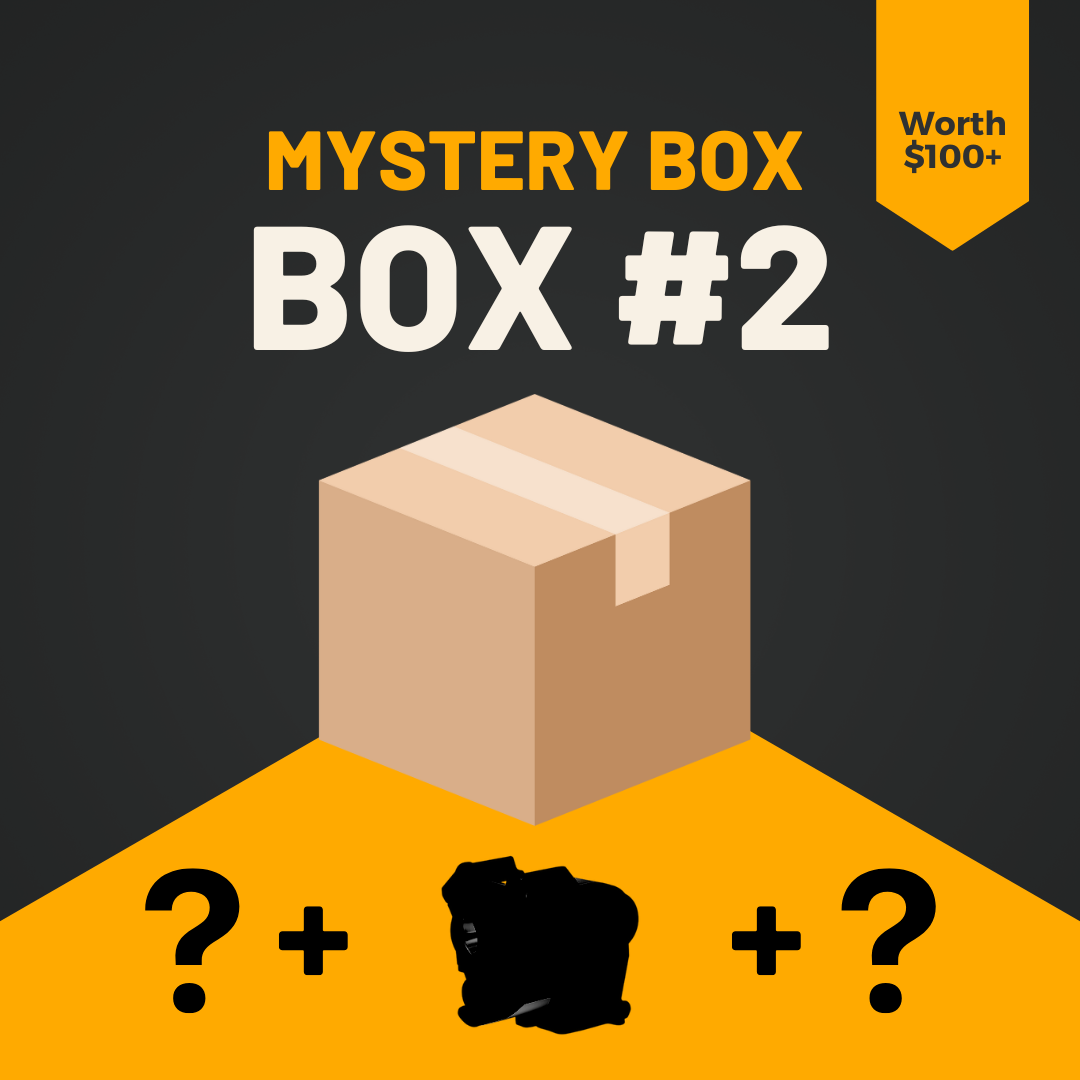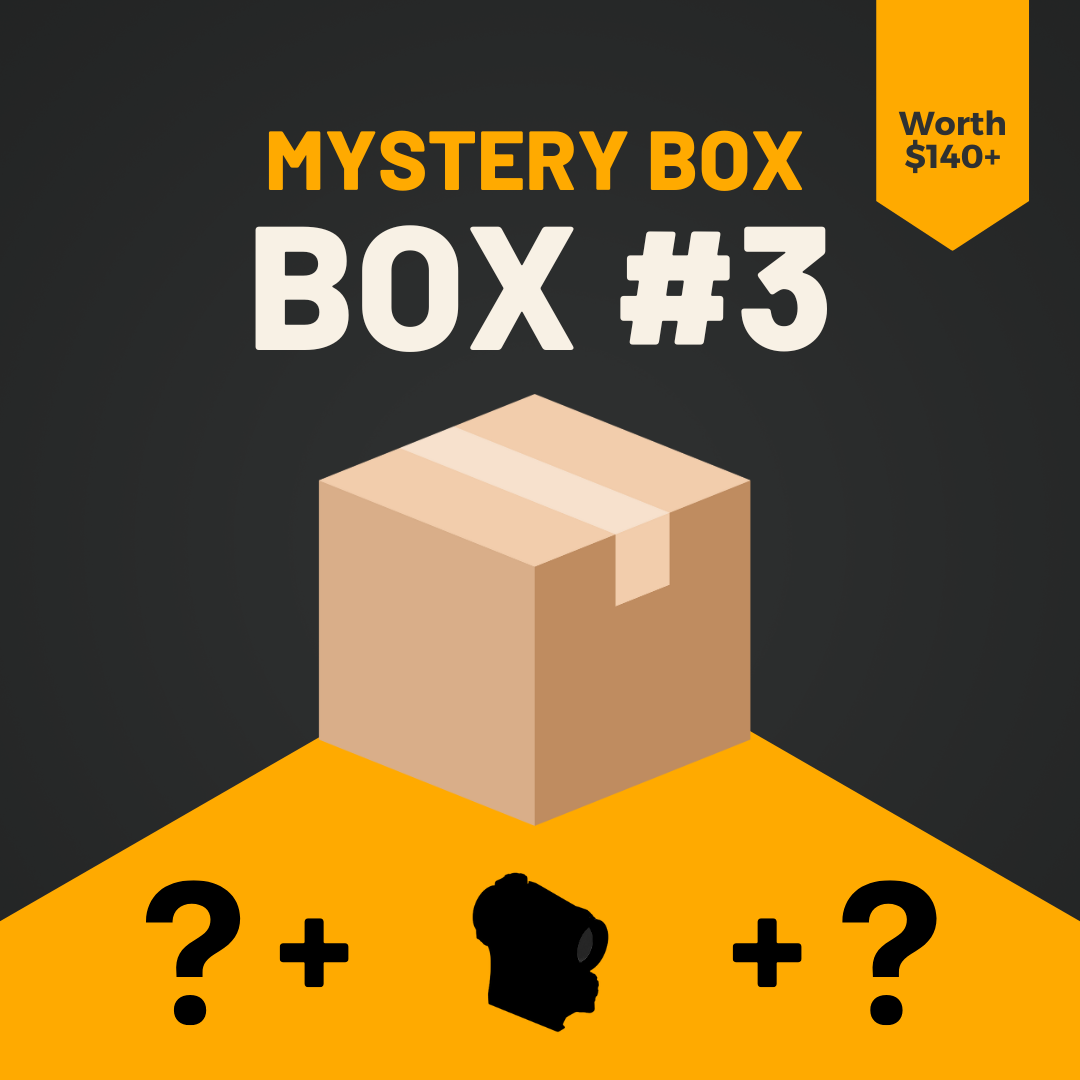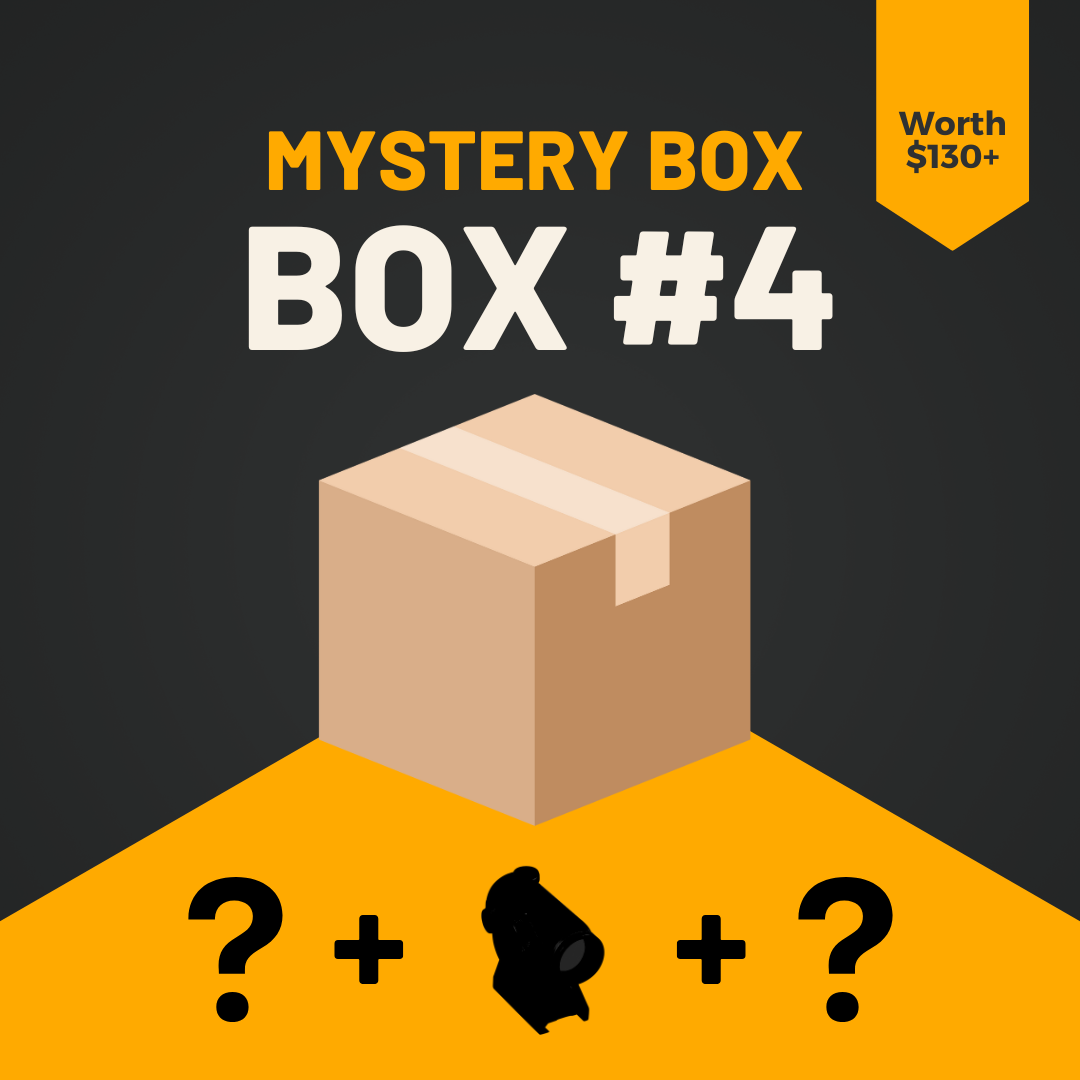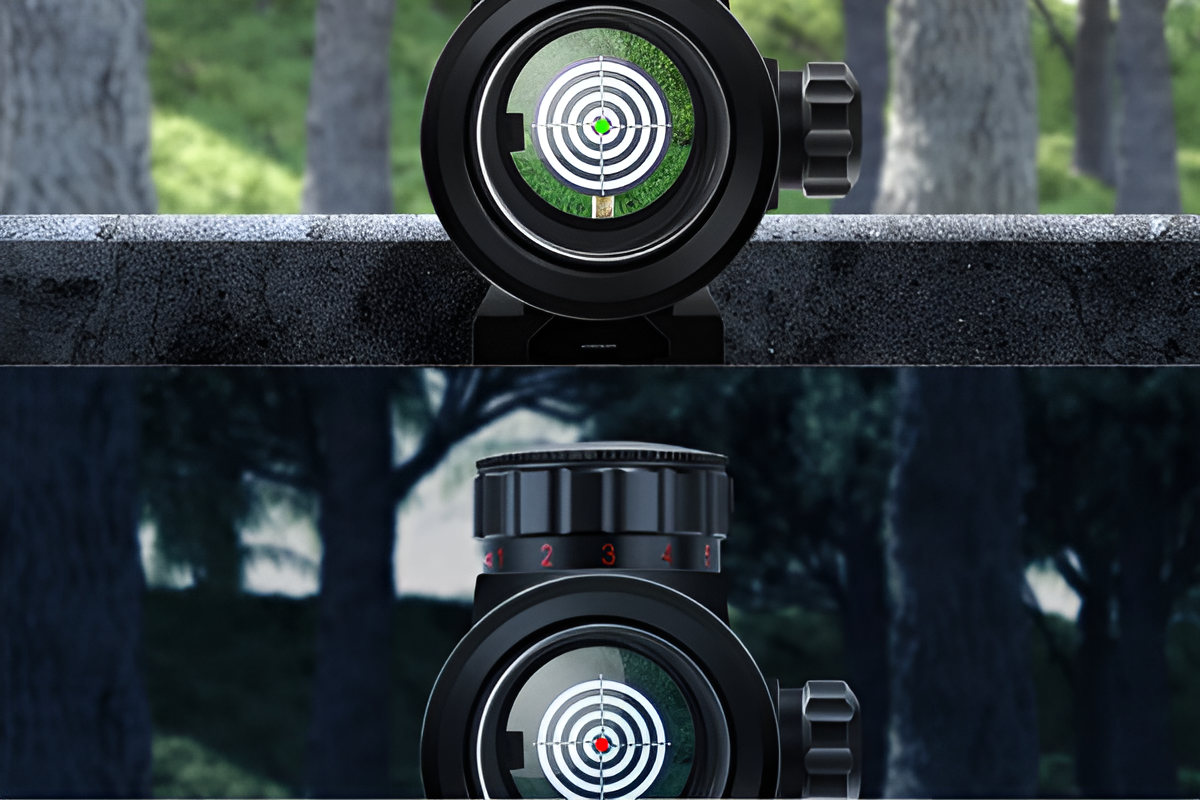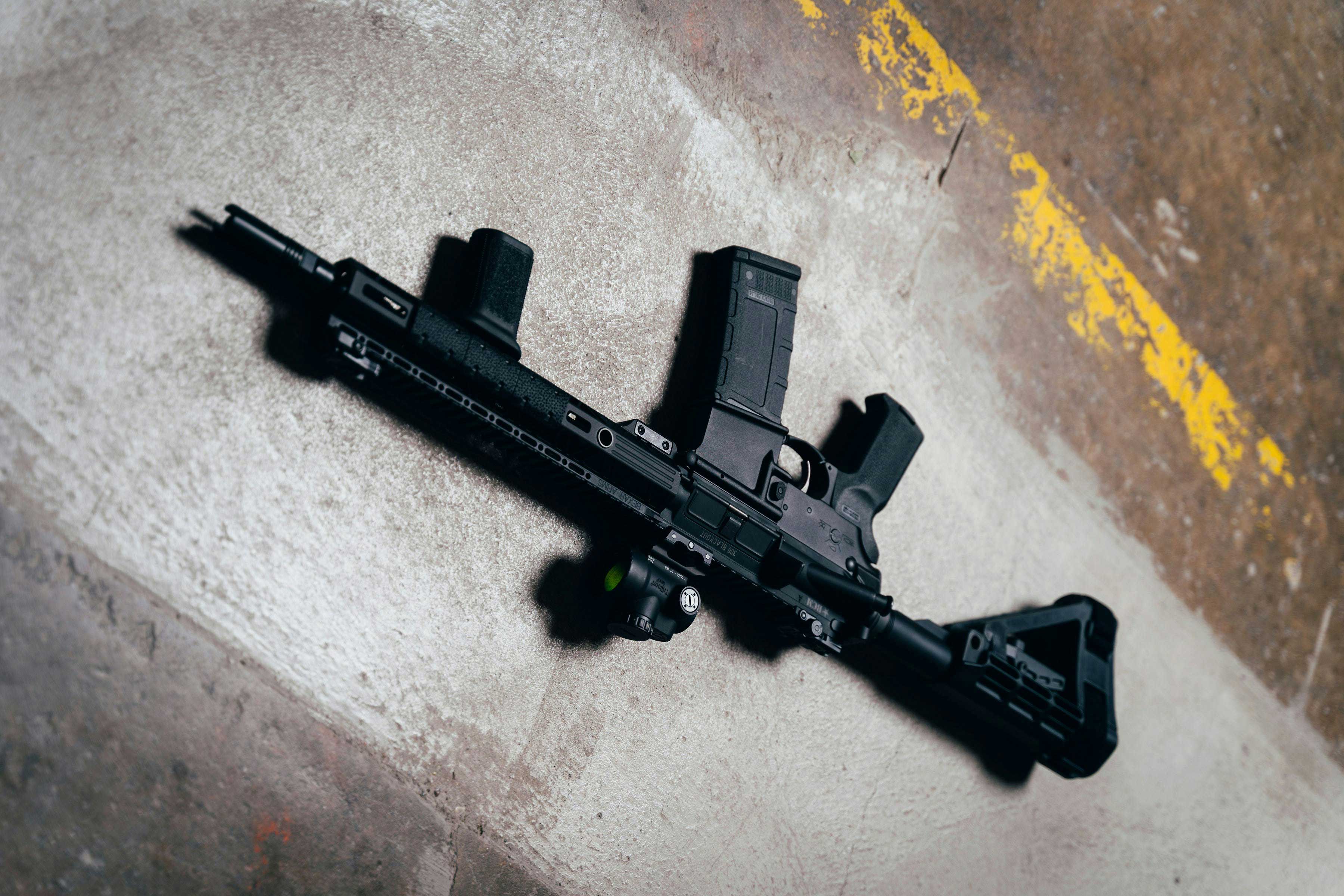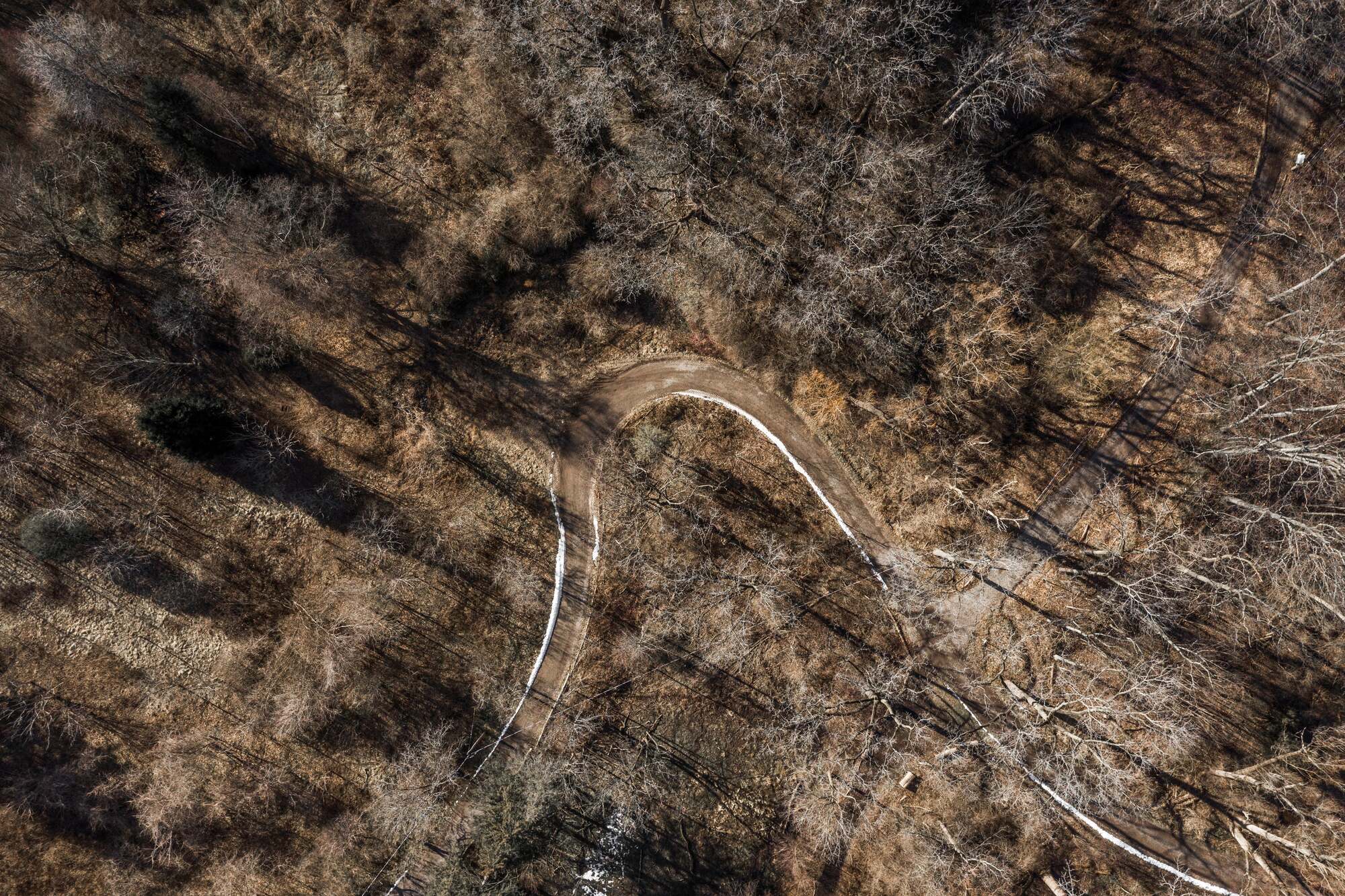When it comes to precision shooting, whether for hunting or tactical applications, your optic can make the difference between success and failure. The right scope transforms your firearm from a basic tool into a precision instrument capable of accurate shots at extended ranges.
Understanding Your Optic Requirements
Before diving into specific product recommendations, it's crucial to understand what distinguishes tactical optics from hunting scopes. While there's significant overlap between these categories, each serves distinct purposes that influence design priorities.
Key Differences Between Tactical and Hunting Optics
Tactical Optics Characteristics:
Rapid Target Acquisition
- Typically feature low magnification designs (1-4x, 1-6x) for quick close-range targeting
- Red dot or holographic sights commonly used for CQB (Close Quarters Battle)
- Unlimited eye relief design supporting both-eyes-open shooting
Extreme Durability
- Built to military standards, withstanding intense impacts and harsh environments
- Superior waterproof, fog-proof, and shock-resistant performance
- Designed for longer service life under high-intensity use
Quick Adjustment Capabilities
- Exposed turrets for rapid zeroing and ballistic compensation
- Illuminated reticles adaptable to various lighting conditions
- Multiple brightness settings, including night vision compatible modes
Specialized Functions
- Range estimation capabilities (mil-dot reticles)
- Ballistic compensation reticles
- Night vision device compatibility
Hunting Optics Characteristics:
Optical Performance Priority
- Emphasis on light transmission and image clarity
- Large objective lens diameters (40-56mm) for maximum light gathering
- Optimized for dawn and dusk hunting conditions
Magnification Range
- Typically medium to high magnification (3-9x, 4-12x, 6-24x)
- Adaptable to various hunting distance requirements
- Greater focus on long-range precision
Portability Considerations
- Relatively lightweight to reduce burden during long treks
- Compact designs for easy transport
- Protective caps to prevent lens damage
Specialized Features
- BDC (Bullet Drop Compensator) reticles calibrated for specific ammunition
- Side-focus adjustment for various shooting distances
- Anti-reflective coatings to avoid alerting game
Primary Distinctions
When selecting optics, choose based on primary intended use: if mainly for tactical training or competition, prioritize rapid target acquisition and durability; if primarily for hunting, focus on optical quality and long-range precision.
Key Features to Consider
Optical Quality Considerations
The quality of glass and coatings significantly impacts your shooting experience. Premium optics feature ED (Extra-low Dispersion) glass elements that reduce chromatic aberration and improve color accuracy. Multi-layer coatings on all air-to-glass surfaces maximize light transmission and reduce glare.
Common Optical Lens Materials in Riflescopes
Selection Recommendations
Entry-Level Users: Crown glass or borosilicate - cost-effective with acceptable performance
Intermediate Users: ED glass - excellent balance of performance and value
Advanced Users: HD glass systems - superior optical quality for demanding applications
Professional/Competition: Fluorite elements - ultimate optical performance regardless of cost
Pinty Optics Recommendations
Designed specifically for hunting applications, this scope offers excellent magnification range for most game hunting scenarios. The larger 50mm objective lens gathers sufficient light for dawn and dusk hunting when many animals are most active. Its durable construction withstands field conditions while maintaining optical clarity.
Versatility is its middle name. Sporting an illuminated reticle with five brightness levels, it's your go to for nailing targets in any lighting at any distance. Easy installation on your Picatinny rail and a CR2032 battery for instant action make things hassle free.
Test different magnification ranges and reticle styles when possible. What works well for paper targets might not be optimal for hunting or tactical applications. Consider the total system weight, especially for hunting applications where every ounce matters during long treks.

